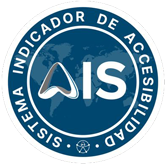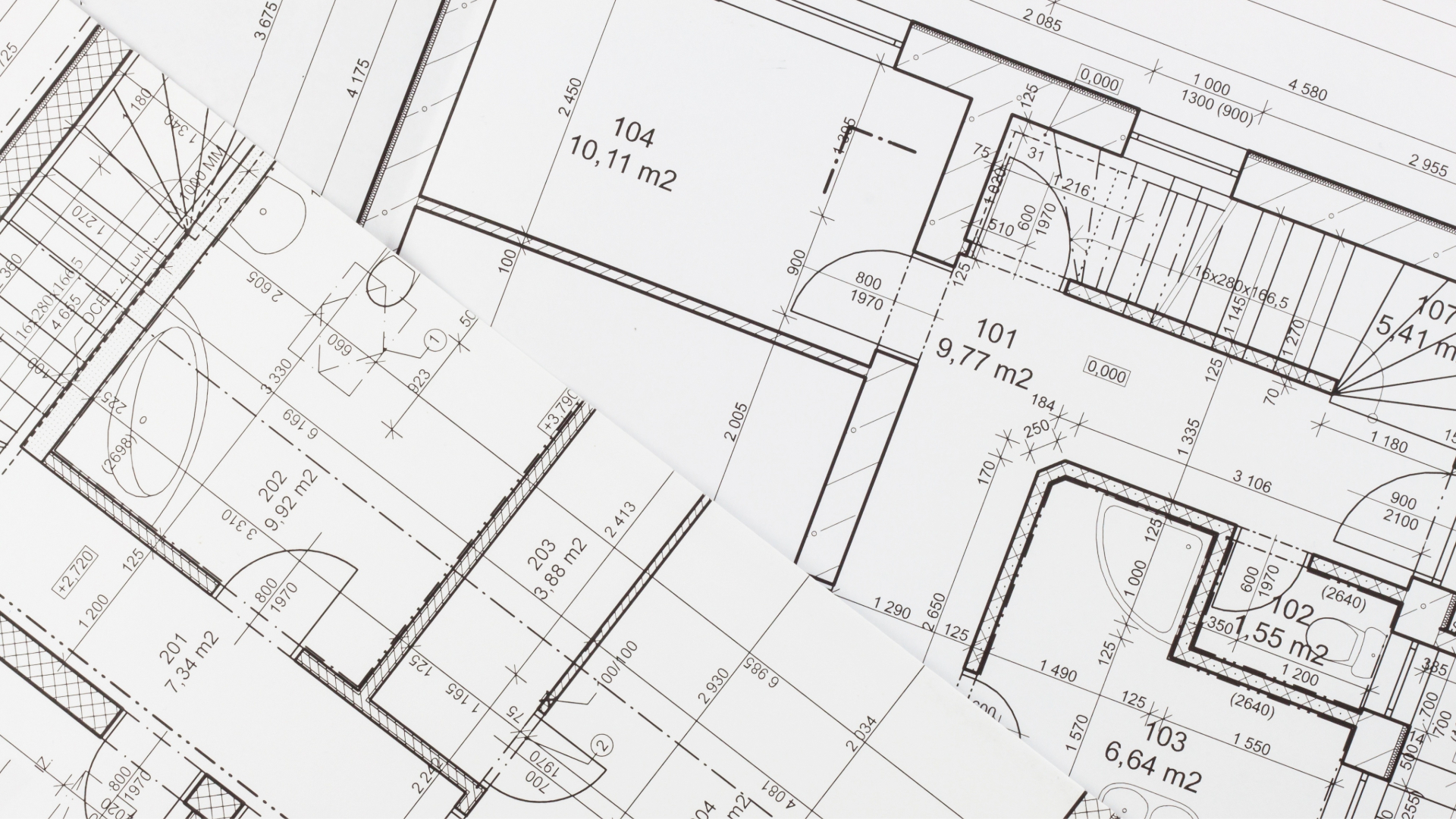Designing accessible construction projects not only ensures legal compliance, but also improves the quality of life of users, creating safe, usable and inclusive environments for everyone. We give you seven steps to tackle a project that meets accessibility criteria:
Knows the local, national and international regulations and standards.
Before starting to develop your project, make sure you know and study in depth the accessibility laws in your region, your country or international laws that affect you. It is also interesting that you know standards such as ADA or UNE-EN 81-70: 2022+A1 related to this topic.
2. Integrates accessibility from the design stage.
Accessibility should not be an afterthought. From the initial stage, work with architects and designers who have experience in inclusive design. Consider the needs of different users, including those with physical, sensory or cognitive disabilities. Think that you will save on costs if you take into account from the design stage the characteristics of space, elevators…
3. Make a signage plan for your accessible project.
Keep in mind that signage is essential for cognitive accessibility and for assisted or adapted evacuation. You must make a specific plan on this subject, including accessible signs, with high relief, Braille, chromatic contrast…
4. Choose suppliers with products that meet accessibility criteria.
The products you need for your space must also meet certain accessibility criteria. We are talking, for example, about elevators or signage. The purchase of an elevator that meets accessibility criteria does not involve extra costs if it is done from the beginning.
5. Consider technological accessibility
Technology also plays an important role and includes elements such as automatic door systems, interior guidance applications, visual and audible warning systems in elevators and alarms…
6. Supervises construction
You have to be attentive that the project you have created with accessibility criteria does not deviate in the construction. It is common for certain aspects to be modified, which can create accessibility problems in the already constructed building that require costly budget items to solve.
7. Plan for future maintenance and adaptability
Design a maintenance plan to ensure that accessible elements remain in good condition. In addition, consider the possibility of future adaptations as user needs evolve.
Or skip all these steps and certify your accessible project with AIS
The AIS certification works on the constant updating of the standard based on international regulations and offers the possibility of transpositions to local laws; it also has protocols for Prequalification, for projects, Certification, for built environments, and Maintenance, for the annual review. AIS consultants or Approved Technicians provide assistance during the construction of the asset and verify the signage plans and the choice of accessible elements.

Certifying a project with 5 AIS Stars guarantees the creation of accessible environments.

